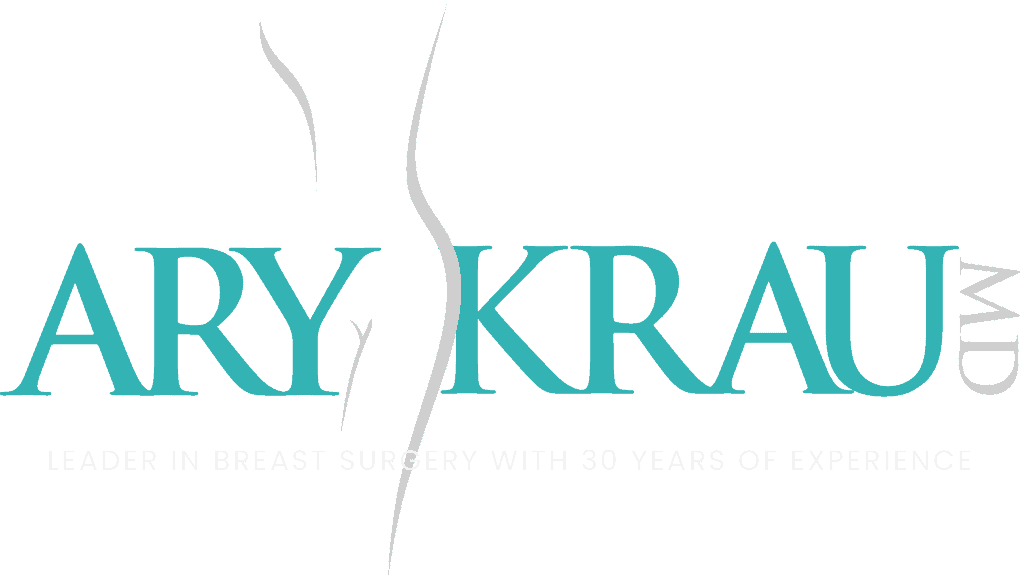Botox injections and dermal fillers help restore a youthful look, without the need for surgery. The treatments either fill in wrinkles and fine lines or help relax the muscles of the face, to reduce the appearance of wrinkles. Since injections are considerably more affordable than surgery and do not have a lengthy recovery time, they are becoming a more and more popular option with patients. Understanding the differences between each can help you make the best decision for your skin.
Botox
Botox, or botulinum toxin, is often injected into the muscles around the forehead, mouth and eyes. The substance paralyzes or relaxes the muscles on the face, which prevents them from forming wrinkles. Botox typically works best on fine lines, such as crows feet, lines on the forehead and smile or frown lines. The injection also relaxes the muscles between the eyebrows.
Usually, patients do not need anesthesia when they receive Botox. The needle is small enough that the pain is minimal. Dr. Krau will use a numbing cream on the skin if a patient requests it. The number of injections needed depends on the area being treated and the type of wrinkles a patient has. The whole process can take less than 15 minutes and you can go back to your regular activities almost right away.
Dermal Fillers
Dermal fillers are different than Botox and are often used on their own or alongside of it. Unlike Botox, a dermal filler does not weaken or relax the muscle. Instead, it takes up space under the skin, filling in the creases and lines created by wrinkles. Dermal fillers are made of different materials. Some fillers, such as Radiesse, are calcium-based and are considerably thicker than fillers made of hyaluronic acid, such as Restylane and Juvederm.
Restylane is often used along with Botox. Botox relaxes the muscle while the hyaluronic acid in Restylane fills in any remaining creases. The injection can cause some discomfort, so some patients might prefer Juvederm, which is less irritating. Juvederm is also the first filler approved by the FDA for use in people of color.
Duration
Results from injections are usually temporary, though some options last longer than others. The results from Radiesse can be visible for up to two years. Another type of injection, Sculptra, can last up to two years, as well. Sculptra is used to fill in areas that have lost fat. Results aren't immediate, but appear over a period of weeks. Botox results typically last up to four months while results from fillers such as Restylane and Juvederm can last up to one year.
A consultation with Dr. Krau can help you choose the injection that will work best for you.







